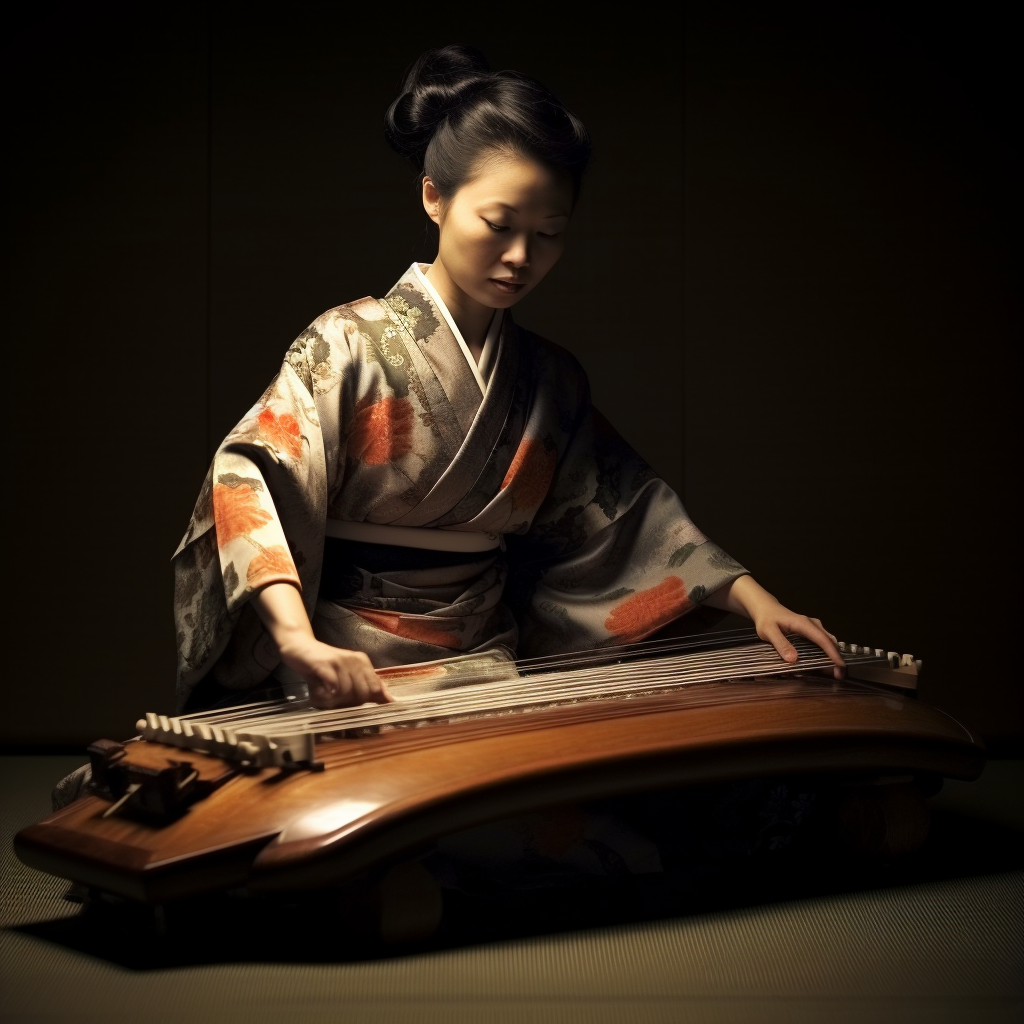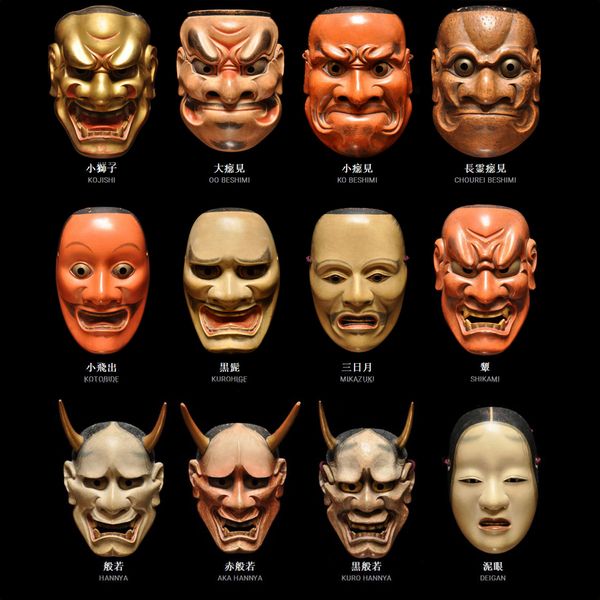Traditional Japanese music is a cultural treasure that embodies the very essence of Japan’s history and soul. With its unique sounds, traditional instruments and distinct styles, traditional Japanese music offers a captivating aural experience. In this article, we’ll explore the different musical genres, iconic instruments and cultural significance of traditional Japanese music.
I. Types of traditional Japanese music
Traditional Japanese music is made up of several distinct genres, each with its own distinctive style and characteristics. Here are some of the most popular genres:
Gagaku:
Gagaku is one of the oldest forms of traditional Japanese music. It dates back over 1,200 years and is often played at imperial and religious ceremonies. This music combines vocal and instrumental elements and is characterized by delicate melodies and precise execution.
Shōmyō:
Shōmyō is Japanese Buddhist chanting that evolved from Buddhism imported from China in the 6th century. Shōmyō chants are meditative and express spirituality and devotion. The monks’ voices blend harmoniously in melodies that are often used in Buddhist temples.
Min’yō:
Min’yō is a genre of Japanese folk music that reflects people’s everyday lives. It is played with traditional instruments such as the shamisen (a three-stringed lute), the taiko (a Japanese drum) and the shakuhachi flute. Min’yō songs are energetic, full of emotion and tell stories rooted in Japanese culture.
II. Japanese traditional instruments
Traditional Japanese music uses a wide variety of unique instruments, some of which are emblematic of Japanese culture. Here are some of the most commonly used instruments:
Shamisen:
The shamisen is a plucked string instrument that resembles a lute. It is often used to accompany Japanese folk songs and can produce a wide range of sounds, from soft, soulful melodies to faster, upbeat rhythms.
Koto:
The koto is a plucked string instrument that looks like a large zither. It is made up of thirteen silk strings which are played using three picks. The koto produces delicate, ethereal sounds and is often used to perform traditional Japanese musical pieces.
Shakuhachi:
The shakuhachi is a bamboo flute used in traditional Japanese music, particularly in the Zen style and Shōmyō. It can produce a wide variety of sounds, ranging from low and deep notes to more high and haunting notes. The shakuhachi is known for its ability to capture the spiritual essence of Japanese music.
Taiko:
The taiko is a large, cylindrical Japanese drum. It is often played in groups during performances of traditional music and dance. The taiko produces powerful and percussive rhythms, symbolizing energy and strength.
III. The cultural significance of traditional Japanese music
Traditional Japanese music is of great cultural importance in Japan. It is deeply rooted in the history, customs and beliefs of the Japanese people. Here are some key points about its importance:
Preservation of tradition:
Traditional Japanese music is an essential means of preserving and transmitting the culture and history of Japan. It is passed down from generation to generation, thus preserving traditional ways of playing, techniques and repertoires.
Artistic expression:
Traditional Japanese music is a form of artistic expression that allows musicians to communicate emotions, stories and aspects of Japanese culture. It provides a platform to express beauty, sadness, joy and other deep feelings.
Influence on other musical forms:
Japanese traditional music has had a significant influence on other musical genres, both in Japan and abroad. Elements of traditional Japanese music can be heard in contemporary compositions, including film music, pop music, and even Western classical music.
Traditional Japanese music is a true cultural treasure that embodies the history, customs and soul of Japan. Its diverse genres, unique instruments, and cultural significance make it a captivating art form. By discovering traditional Japanese music, one plunges into a world of captivating sounds, deep emotions and invaluable cultural richness. Whether you are a music lover or curious about Japanese culture, traditional Japanese music is a real delight to explore.
References :
- “Traditional Japanese Music” – Japan National Tourism Organization
- “Japanese Traditional Music” – The Japan Foundation
- “Music of Japan” – Encyclopaedia Britannica



